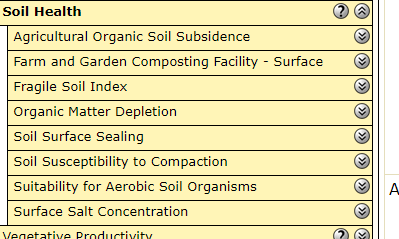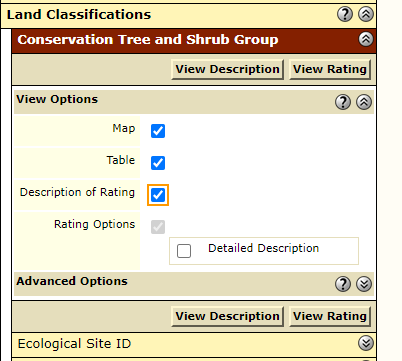Nonprofit corporations are entities that the members cannot receive any monetary benefit or profits of the corporation. Nonprofits are organized for many reasons including charitable, civic, educational, professional, and even conservation. A nonprofit status gives the corporation benefits such as state sales tax, property tax, and federal income tax exemptions. Pennsylvania Department of State lists information as well as needed forms. There are law firms and agents that you can hire to walk you through the steps in the process also. The cost to file on the Articles of incorporation are $125 to the State of Pennslyvania. Some firms help create the articles as pro bono work other companies have advertised the work for $350 in addition to the $125 filing fee. It is up to the individuals involved how comfortable they feel with the process, As with any legal process, details matter and it may be a good idea to have someone look over the paperwork for you before the filing.
https://www.dos.pa.gov/BusinessCharities/Business/Resources/Pages/Pennsylvania-Nonprofit-Corporations
I will list the general steps in the process to give an overview as stated on Harbor Compliance,com
1. The corporation must be named, this step is important. The name of the nonprofit can not be similar or recognizable as any other organization that is registered in the state. A call to the PA Department of state or a search on the Business Entity database will help to confirm that the chosen name is not in use.
2. Determine the Director and officers to be listed to meet state and IRS requirements. The incorporation will sign the Articles of Incorporation, Directors make up the governing body at least one is required. Officers must include a president, a secretary, and a treasurer, but two or more officers can be held by the same person.
3. Appoint a Registered Agent. This individual will be legally responsible for receiving notices and they must be physically in the state that the nonprofit is being registered. Another requirement is the individual must maintain an office that is open during regular business hours.
4. Prepare and file the Articles of Incorporation.This is the official beginning of your non profit organization. I is important to make sure that you meet not only the state requirements but also the IRS requirements. Meeting the requirements in the beginning saves future amendments and the possibility of rejection of your 501(c)(3) application.
5. Publish incorporation. Pennslyvania requires that the articles of incorporation myst be published in two newspapers, one must be a legal newspaper and they both must be in the county of record for your registered agent.
6. Initial report may be filed, but it is not legally required in Penslyvania.
7. Obtain an Employer Identification Number (EIN). This is a nine-digit number that is assigned by the IRS to your organization. The EIN will be used to open an official bank account, to apply for 501(c)(3) status and also to submit 990 returns to the IRS.
8. Established bylaws and policies for your nonprofit. A conflict of interest policy should also be created. Personal interests need to be set aside and the interests of the organization and having this policy in writing is key to make sure that everyone knows the expectations from the beginning. The application for 501(c)(3) status requires both bylaws and the conflict of interest policy to be approved and adopted. All records and policies should be kept in a secure location. This will help with record keeping down the road. It is a good habit to include meeting minutes and all correspondence from the state and the IRS.
10. Schedule a meeting of the Board of Directors. This will be the time to go over all policies, bylaws, and approve any resolutions needed for the opening of the organization. Detailed minutes should be taken and preserved.
11. State tax identification numbers. Pennslyvania issues multiple tax IDs, one for each box number; one is issued for the business and one is issued if it has employees. Seperate tax account numbers are needed for sales tax and also employer withholding tax. This is an important step and all paperwork must be filed with care to prevent future problems. A good site for information is the Pennslyvania Department of Revenue:
https://www.revenue.pa.gov/FormsandPublications/FormsforBusinesses/Pages/default.
12. Appy for 501(c)(3). All of the paper work needed for the application should be completed by this step in the process and you should be able to fill out the application. Again, if you are leary, there are organizations that will file the paperwork for you
13. Other applications and filings. Once the IRS determination letter has been sent, other applications can be started. If applicable, an organization can apply for State tax exemptions from the Pennsylvania Department of Revenue. Charitable Solicitation can be registered with the Pennsylvania Department of State-Bureau of Corporations and Charitable Organizations-Cahrities Sections. It is important to register in your home state, but depending on the nature of your business, it ma be advisable to register in other states as well.
14. Finally, obtain andy business licenses and permits that are needed. This may be state and federal, but county and municipal requirements should also be verified.
For more information:
https://www.harborcompliance.com/information/how-to-start-a-non-profit-organization-in-pennsylvania
https://www.501c3.org/state-nonprofit-guide/how-to-start-a-nonprofit-in-pennsylvania/





